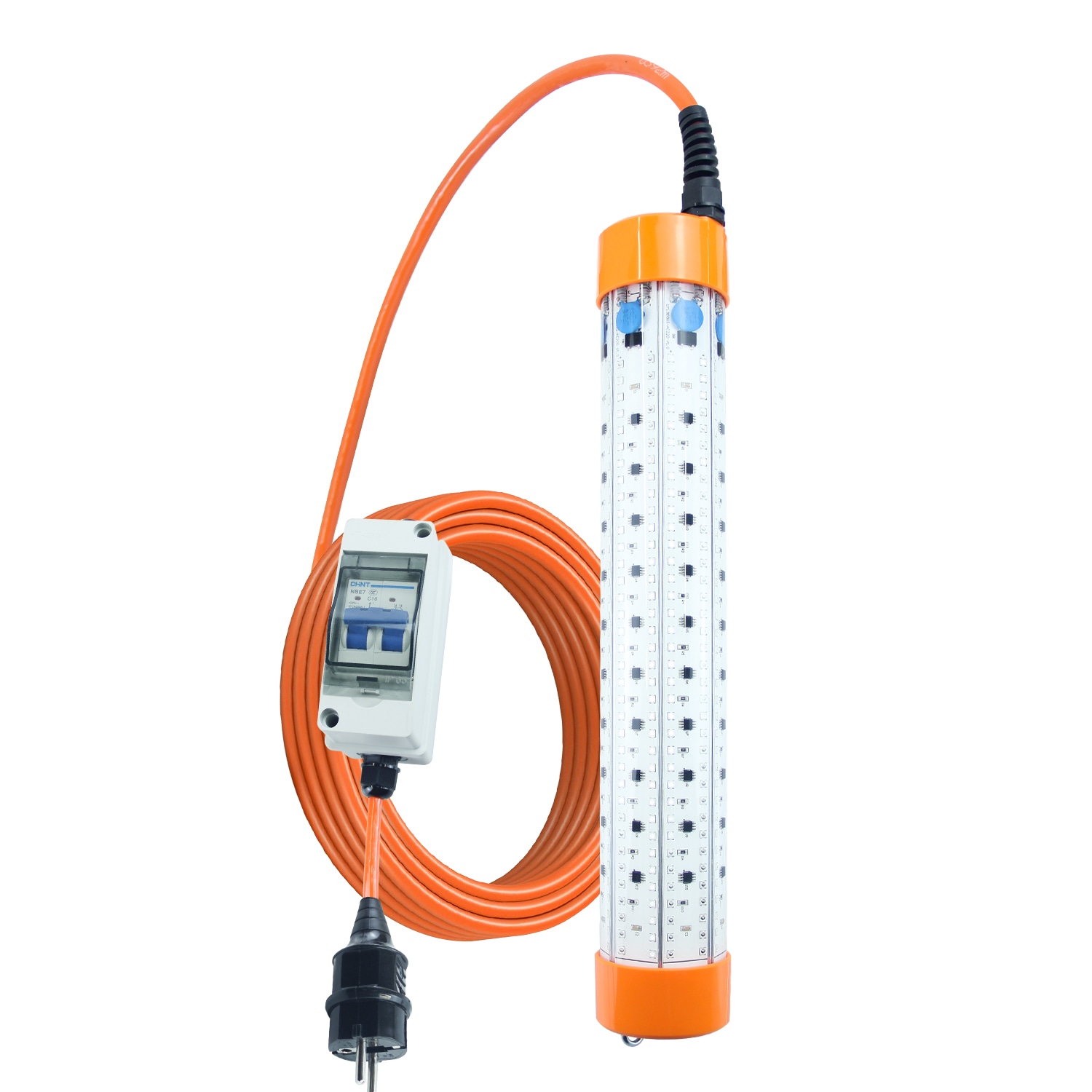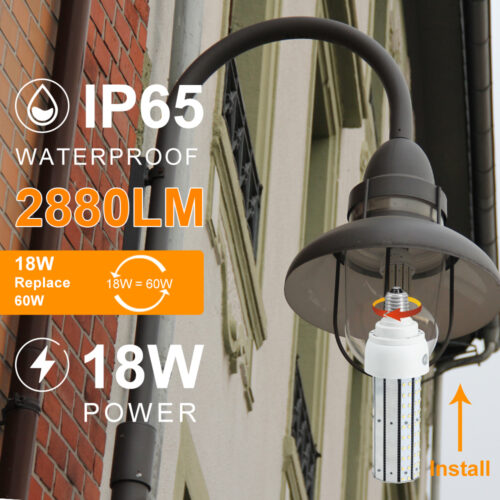- Light decay
That is, the luminous capacity of the luminous body is decreasing, that is, after a period of time, the luminous body is aging, so it is not as bright as before. It belongs to natural aging, not a malfunction. The light decay of LED lamps is not clearly specified. The theoretical life of LED lamps is longer than that of incandescent and fluorescent lamps, but it also depends on the quality of LED lamps. Inferior products bought cheaply do not last long.
- to burn
Remove the light board and you can see the light bead board inside. LED lights are made up of these small lamp beads. When the light burns at a certain point, the beads in the string will go out, but the other strings will remain on. There will be black spots on the surface of the burning lamp bead.
- Dust
The housing of the LED energy-saving lamps is not sealed and dust can easily get in. Generally within two or three years, the face of the lamp is covered with dust and the corpses of small insects within two or three years. With these things in the way, the brightness of the lights will naturally suffer.
In addition to cleaning the lampshade, don’t forget that the surface of the lamp beads may also stick to dust under the action of static electricity. When cleaning the lamp beads, it is recommended to wipe gently with a dry cloth or alcohol. Do not wipe with a damp cloth to avoid water sticking to the surface of the lamp beads and causing a short circuit.
How long is the lifespan of LED energy-saving lamps?
Usually more than 2 years. Generally speaking, there are two aspects that affect the service life of energy-saving lamps, one is the service life of the lamp tube, and the other is the service life of the energy-saving lamp ballast. At present, from the perspective of the service life of the lamp, the general quality should be around 3000-5000 hours. If the light is on for 5 hours a day, it can usually be replaced after two or three years.



